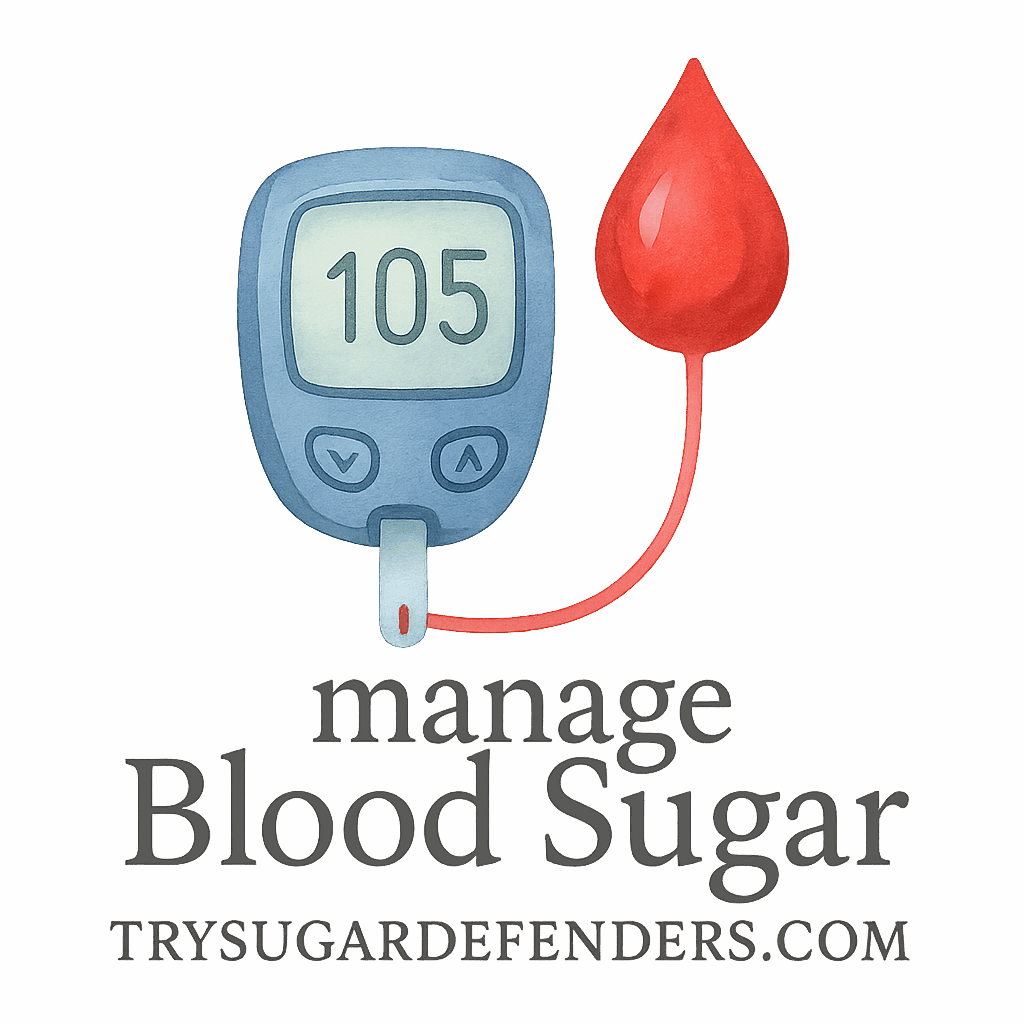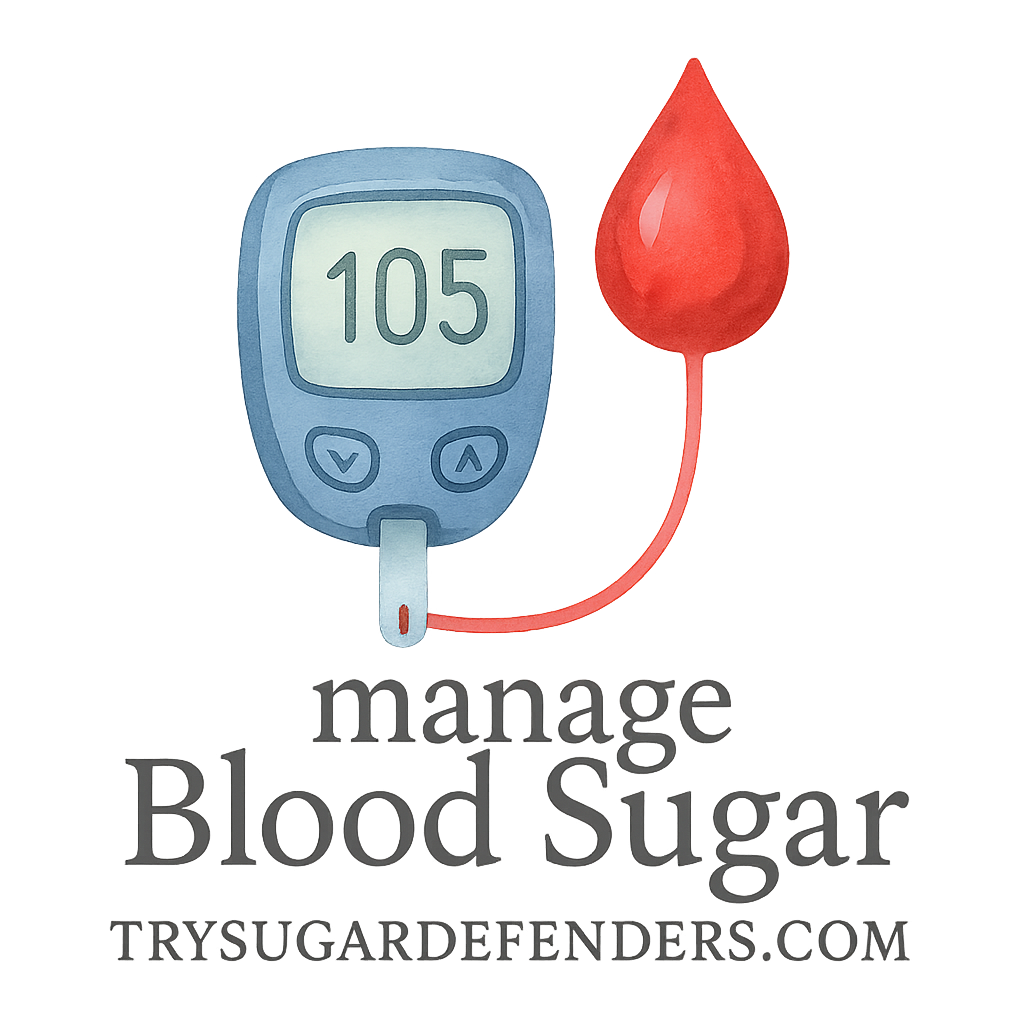Maintaining stable blood sugar isn’t just about one-off readings. It’s about recognizing patterns. If you’ve been struggling to make sense of your fluctuating numbers, you’re not alone. Understanding these blood sugar patterns and how to respond can make a world of difference in your health journey. Let’s break it down.
Understanding Blood Sugar: Why Patterns Matter
The Science Behind Blood Sugar Patterns
Blood sugar patterns reflect how your body processes glucose throughout the day. Whether you’re diabetic, prediabetic, or simply health-conscious, these patterns can help you spot trouble before it starts.
When blood glucose goes unchecked, it can lead to fatigue, irritability, weight gain, and even long-term complications. That’s why it’s essential to look beyond daily numbers and start tracking trends.
Why You Should Track Trends, Not Just Numbers
Monitoring your glucose once a day is like checking the weather at noon and guessing the whole week’s forecast. Trends reveal deeper insights. They guide you toward better decisions and help identify what throws your system off balance.
Try using insights from your continuous glucose monitor (CGM) or finger-prick logs to detect consistent behaviors, especially those related to diet, stress, and sleep.
Semantic Link: Monitoring Blood Sugar and Tracking Tools
Pattern #1: Morning Blood Sugar Spikes (Dawn Phenomenon)
What Causes It?
You haven’t eaten since dinner, yet your glucose is high in the morning. That’s the dawn phenomenon at work. Early morning hormones—especially cortisol—can boost glucose levels as your body prepares to wake up.
How to Manage It
- Eat a high-protein, low-carb bedtime snack
- Avoid late-night sugar or alcohol
- Exercise in the morning
Read more tips under our Exercise & Lifestyle section.
Pattern #2: Post-Meal Glucose Surges
Spotting the Spike: Signs and Symptoms
Feeling sleepy or bloated after a big meal? That’s a classic post-meal glucose spike. If you’re regularly going over 140 mg/dL within two hours after eating, that’s worth addressing.
Strategies to Smooth Out Your Spikes
- Eat fiber-rich vegetables first
- Add vinegar or lemon to meals
- Avoid sugary drinks with meals
For dietary ideas, check out our Diet & Nutrition page.
Pattern #3: Blood Sugar Crashes (Hypoglycemia)
What Triggers These Drops?
Skipping meals, too much insulin, or intense exercise can cause your glucose to crash. Hypoglycemia often strikes fast and leaves you feeling shaky, dizzy, or confused.
Prevention and Real-Time Fixes
- Don’t skip meals
- Always carry a small carb-rich snack
- Adjust medications with professional help
Semantic Tag Links: Blood Sugar, Doctor, Guide

Pattern #4: Blood Sugar Swings During Exercise
How Workouts Affect Blood Sugar
Exercise is a double-edged sword—it can spike or drop your glucose depending on the type, timing, and your current levels.
Pre- and Post-Workout Tips
- Check levels before and after
- Eat a small carb snack before long sessions
- Stick with consistent timing for workouts
Explore more on Fitness and Exercise strategies.
Pattern #5: Sleep-Related Blood Sugar Fluctuations
The Sleep-Blood Sugar Connection
Poor sleep messes with insulin sensitivity. If you’re tossing and turning all night, your glucose might spike—even if your diet’s perfect.
How to Get Stable Glucose Overnight
- Sleep 7–9 hours a night
- Avoid screens and caffeine before bed
- Manage sleep apnea if present
Helpful read: Behavioral and Mental Strategies
Pattern #6: Stress-Induced Blood Sugar Changes
Cortisol and Glucose: A Wild Ride
Stress is like tossing gasoline on the glucose fire. Chronic stress spikes cortisol, and cortisol ramps up your blood sugar.
Behavioral and Mental Strategies to Manage Stress
- Practice CBT or guided meditation
- Try journaling or breathwork
- Stay active with low-impact movement
Learn more under our Mental Strategies and CBT tags.
Using Technology to Monitor and Track Patterns
Best Devices and Apps to Watch
From CGMs to smart apps, tech is your best buddy for understanding your glucose world. Choose devices that provide real-time data, alarms, and easy logging.
How to Interpret the Data
Watch for high variability, repeated spikes after meals, or unexplained overnight changes. Use graphs to spot these patterns quickly.
Semantic Links: Devices, Monitors, Technology
Dietary and Lifestyle Changes That Help
Smart Eating Plans for Stability
- Mediterranean or low-GI diets
- Eat smaller, balanced meals more often
- Avoid processed carbs and sugary snacks
Related content: Mediterranean, Healthy, Plan
Lifestyle Hacks for Long-Term Control
- Set daily routines
- Use habit tracking apps
- Celebrate small wins to build momentum
Internal link: Routine, Goal-Setting
Medical Support: When to See a Doctor
Signs You Need Expert Help
If you’re experiencing frequent highs or lows, vision changes, or neuropathy symptoms, it’s time to check in with a healthcare provider.
Combining Professional Advice with Self-Monitoring
A doctor can help adjust meds or recommend tests to detect underlying issues. Pair that with consistent tracking for best results.
Semantic Link: Consultation, Medical
Final Thoughts: Be Proactive, Not Reactive
Your glucose patterns are like breadcrumbs. Follow them, and you’ll find exactly what’s working—or not working—in your health journey. The more proactive you are in managing these six key blood sugar patterns, the more control you take back over your life.
For more guides, tips, and tools, visit Try Sugar Defenders and explore helpful content tagged under HealthBlood-Sugar.
FAQs
1. What’s the most dangerous blood sugar pattern? Hypoglycemia can be the most immediately dangerous, especially if it leads to fainting or seizures.
2. Is the dawn phenomenon avoidable? You can manage it with better sleep, snacks, and morning routines, but it may not be 100% preventable.
3. How do I know if stress is affecting my glucose? If levels rise without food or activity changes, chronic stress could be the culprit.
4. What diet is best for stable blood sugar? Mediterranean and low-carb diets are widely recommended.
5. Do I need a CGM to detect patterns? Not necessarily. Finger-stick logs can also work if tracked consistently.
6. Can poor sleep really spike blood sugar? Yes, sleep deprivation affects insulin sensitivity, making it harder to control glucose.
7. When should I talk to a doctor about my glucose patterns? If you notice repeated unexplained changes, it’s best to consult a professional.


